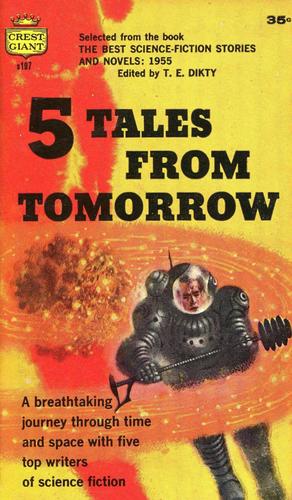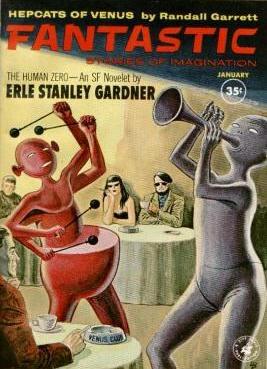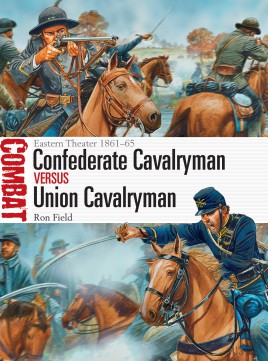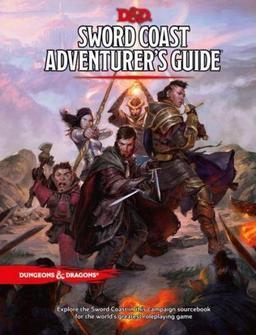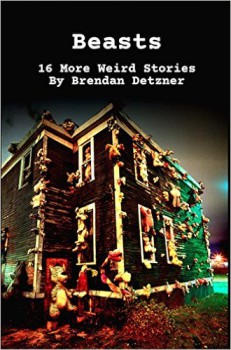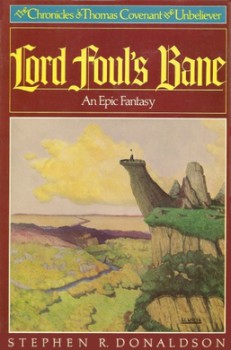Short Speculative Fiction: “The Karen Joy Fowler Book Club” by Nike Salway
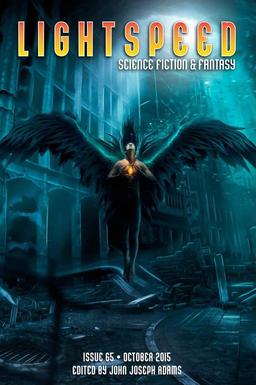 |
This is the marvelous sort of story that never quite allows you to form a picture in your head, because it’s always contradicting itself. It seems to exist on three (or more?) levels at once, strange images super-imposed on each other. On the one hand it seems a story of everyday modern life, Facebook and all, told with keen emotional resonance.
There’s for instance, this passage from a mother’s perspective when her daughter has an abortion:
“And afterwards, her daughter wanting ice cream and to sit by the river and watch the waterbirds dancing in the shallow water. Alice had rested her head on Clara’s shoulder, curled her feet up under her bottom like a child. Her breath had smelled of milk and sweet biscuits, and her hair of antiseptic. It is the last time Clara can remember her daughter wanting to be held.”
This passage sounds the sort of thing you could read in any mainstream fiction magazine, rich in sensory detail and lived-in experience.
But no. It’s firmly of our genre. Do you want to discover for yourself the speculative element, which slowly and imperceptibly bleeds into the tale? Go and read this lovely tale by Nike Sulway for free at Lightspeed, here. Then click on for the full review with spoilers.


